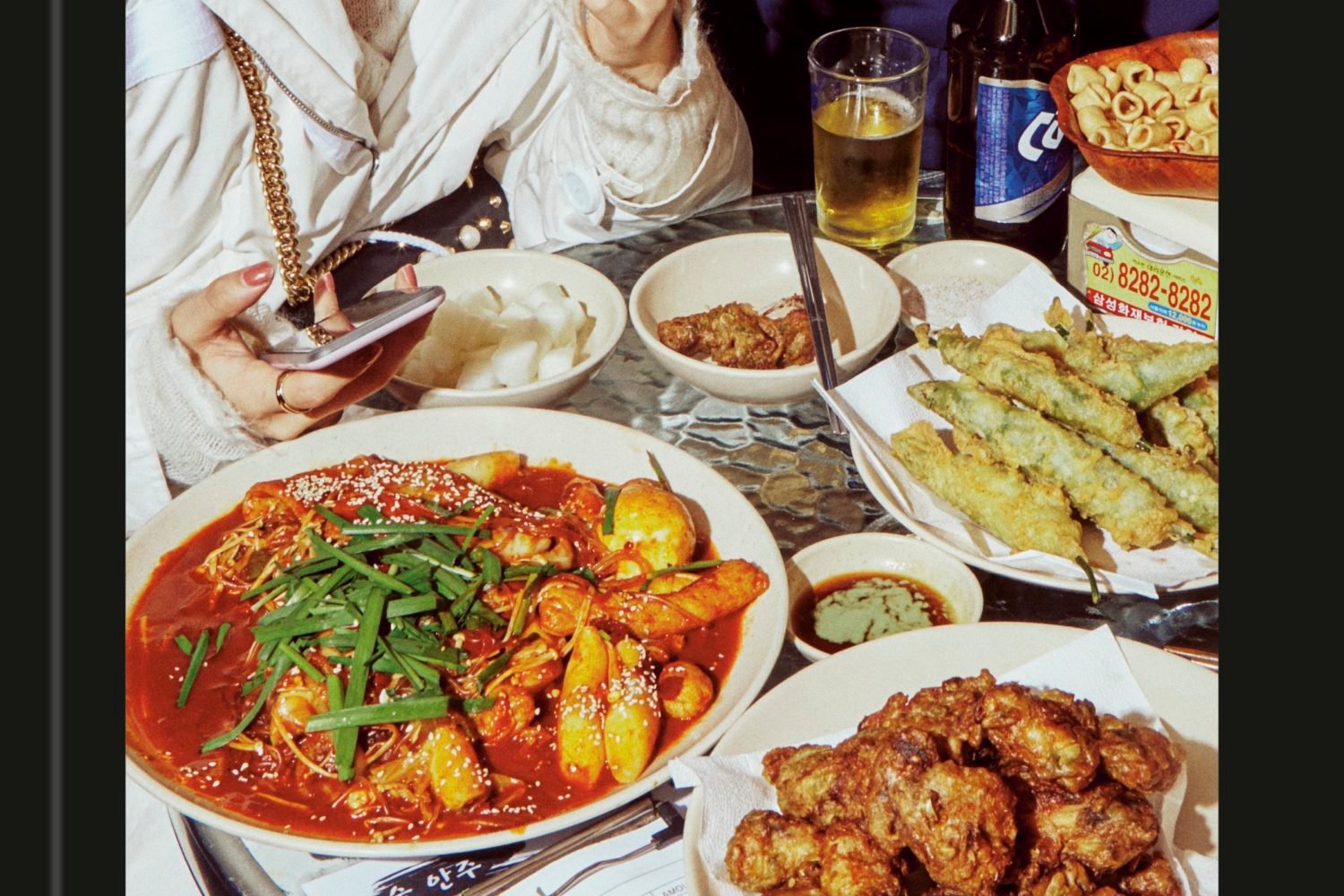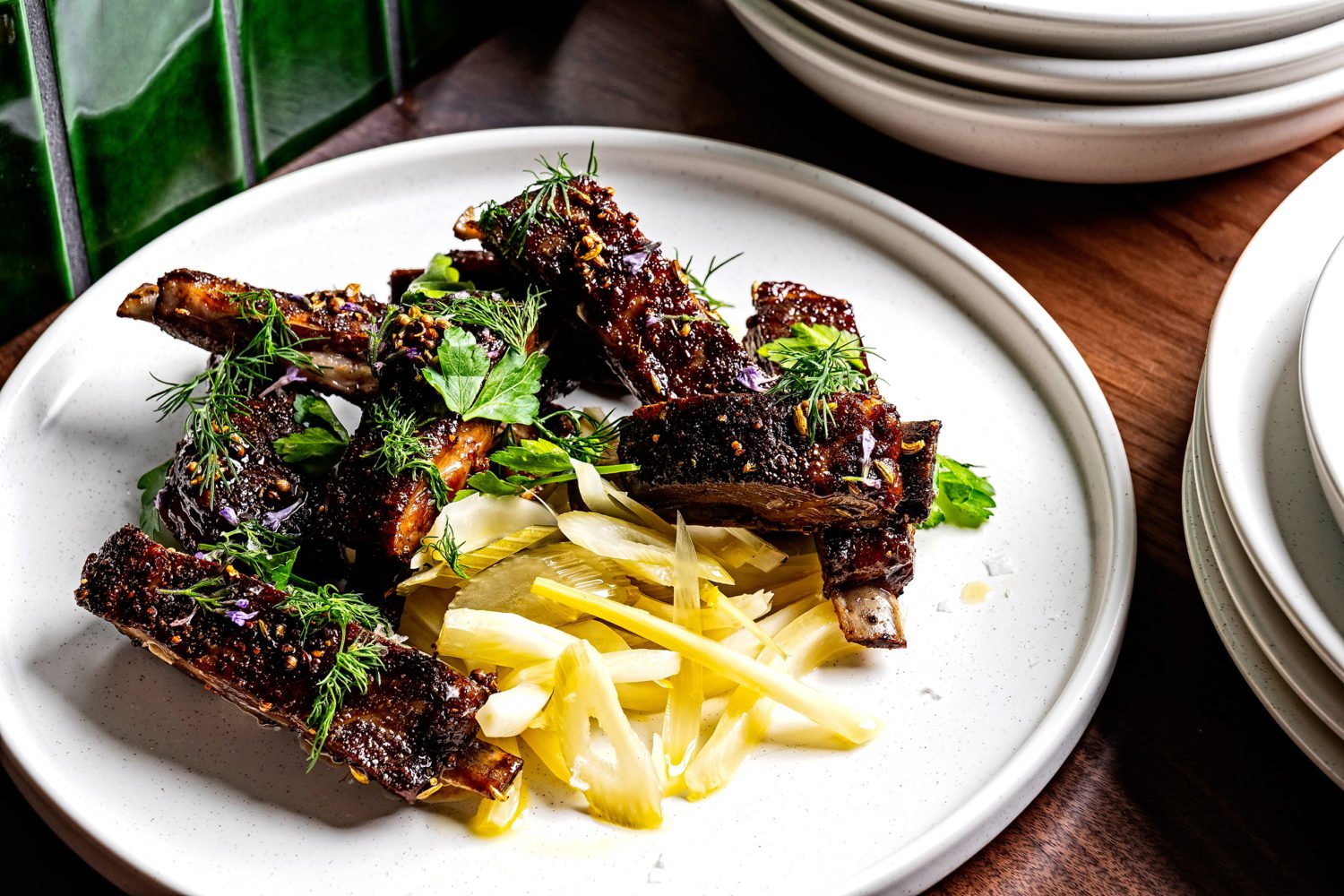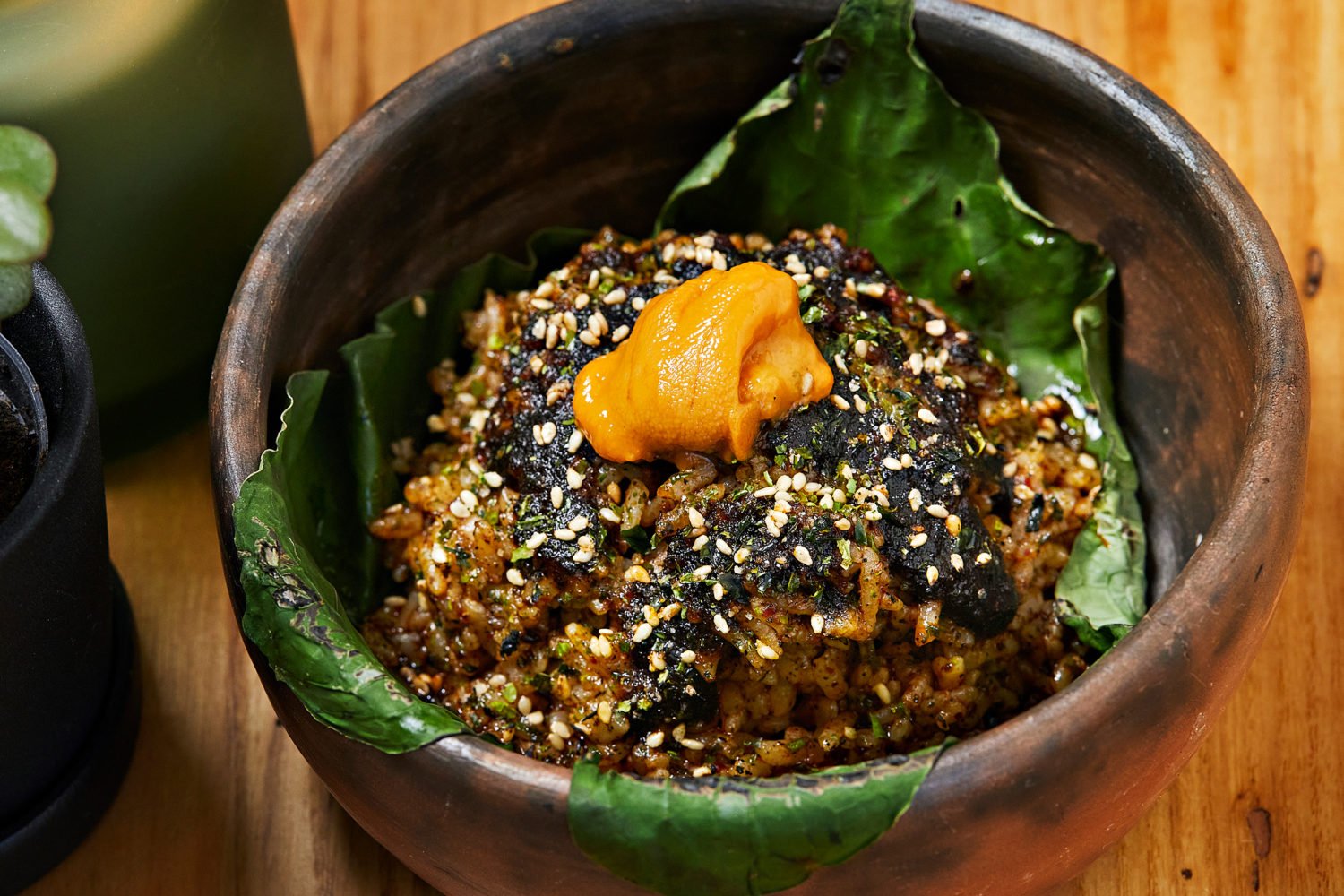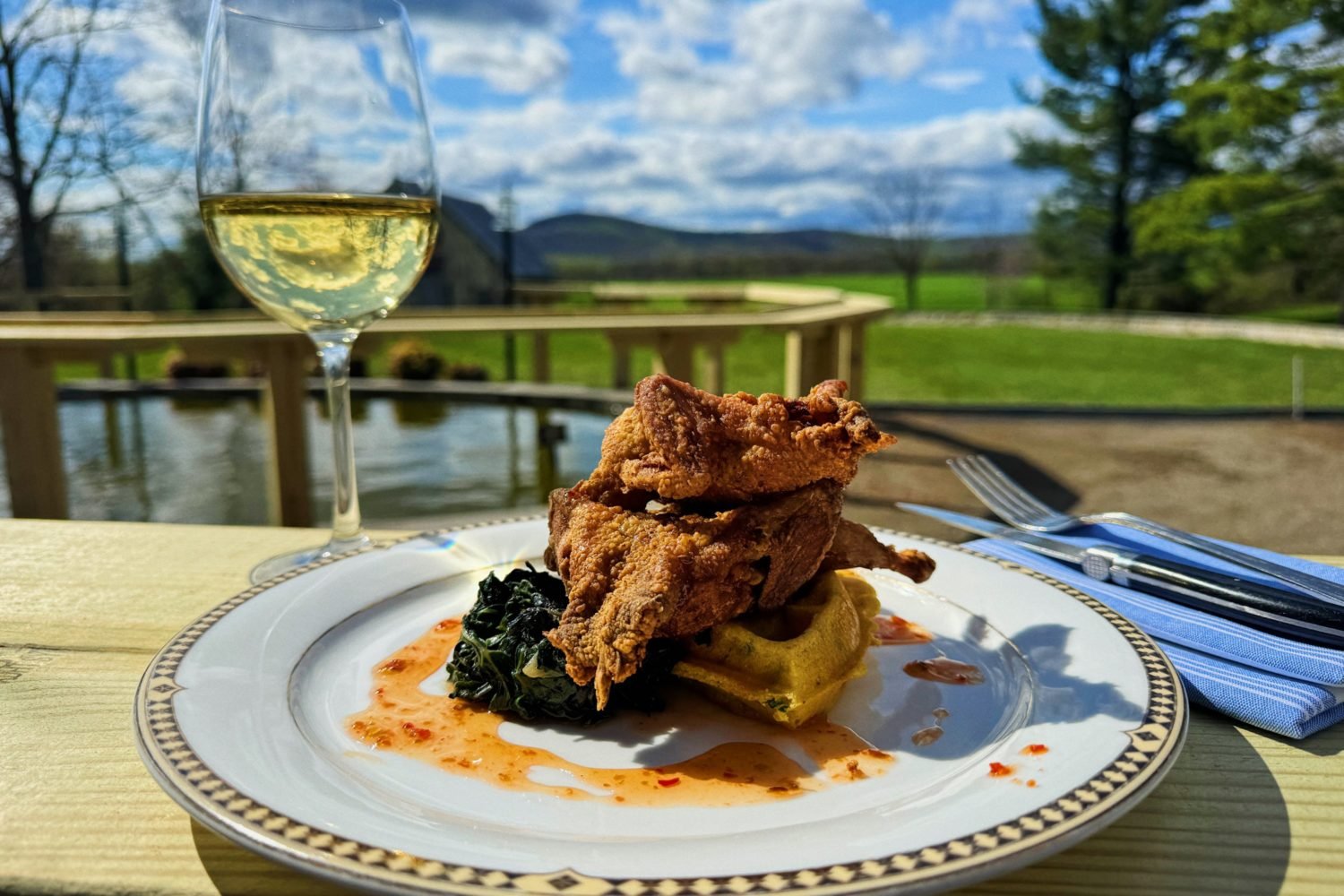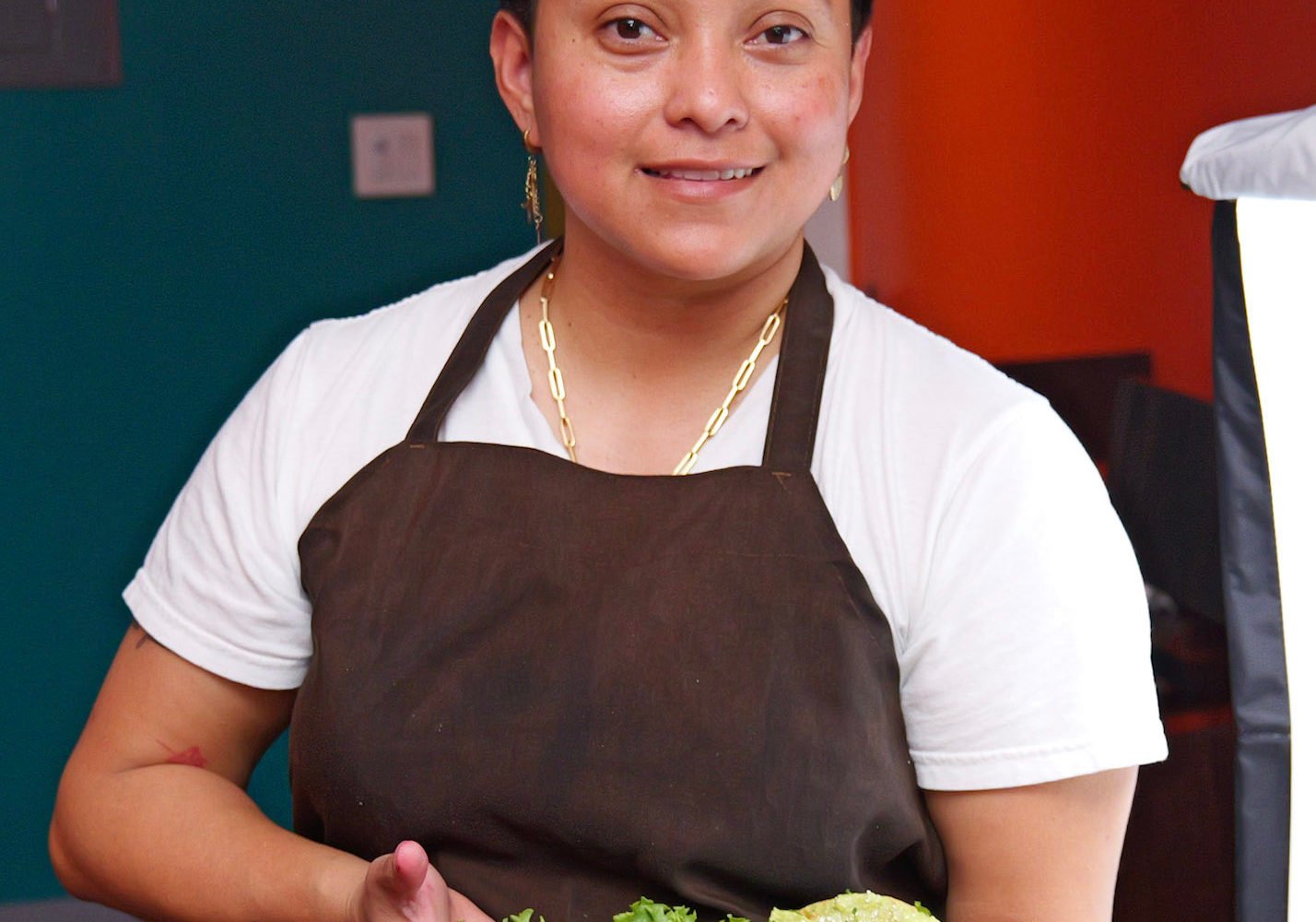
Every year, the Scots raise a glass to their native 18th-century poet Robert Burns and celebrate his birthday with a meal that’s centered around the boast and bane of Scottish cuisine: haggis. For “Rabbie’s” 252nd year, I headed to Burns Night dinner at Againn to test the savory pudding.
Now, haggis is many things. Literally, it’s an offal—and to some, awful—sausage made from sheep innards. Ground heart, liver, kidneys, and lungs are mixed with oats and spices, and that mixture is simmered slowly in a lamb’s stomach (think of this as hot-dog casing for 15th-century folk). Those not of the nose-to-tail school of eating often become squeamish, which makes the specialty even more fun for Scots to serve to American tourists.
Most of all, haggis is a reason to gather. The Scots commune to eat it (Burns Days) or throw it (hurling at the Highland Games), depending on the holiday. It’s not the type of dish most singles cook at home and eat while watching Teen Mom. Haggis demands a steel-stomached audience. Burns, in his poetic “Address to a Haggis,” called it “the great chieftain of the pudding race.” Its loyal and begrudging subjects have since congregated around it on Burns Days.
Haggis is also a food with many faces in Scotland. There’s casual haggis, sold in supermarkets and fried in chip shops across the country. There’s nouveau haggis, dolled up in fancy restaurants or served Indian-style in pakora fritters. And then there’s canned haggis, which is scarier than regular haggis. The Scots have tried to export the tinned version to America for the past 40 years. We’ve banned it because you can’t legally consume sheep’s lungs in the United States, but you can find lung-, stomach-, and even lamb-free versions on the shelves of local Scottish specialty stores (below, we have a list of where to find it).
The Burns celebration at Againn was traditional in many ways. There was the haggis procession—in which bagpipers and kilted Scotsmen accompany the brownish loaf, borne on a silver platter—into the dining room. There was the recitation of Burns’s ode to the dish, and a Scotch toast. And there was a large, eclectic group, many of whom didn’t like haggis. (That’s another thing about it—haggis is a rare breed of dish that people dislike but still pay to eat.)
“It’s the tapioca of meats,” explained one American guest, who had sampled haggis before and found it flavorless.
“It really must be seasoned well,” said another, a British woman who once worked for a Scottish food company that canned haggis.
The only people who seemed genuinely excited for the entrée were the kilt-clad Scots and a forensic anthropologist at my table.
When the dish came—an oat-studded sausage atop “neeps and tatties” (turnips folded into mashed potatoes)—there was a small pause. Even without the threat of lamb stomach or innards—Againn’s haggis had a beef casing and was a mix of ground lamb, chicken livers, and hearts—caution remained. The master of ceremonies declared the haggis was “fit” after tasting it, but what did that mean? In this case, better than satisfactory. It had a rich, livery taste, peppery seasoning, and bright cider sauce that offset the its heaviness. A priest at our table, who starred in the British reality series Priest Idol, declared the neeps and tatties the best he’d tasted. (Yet another fact about haggis: Its audience is rarely boring.)
“It’s commercially acceptable,” the British woman declared.
Having eaten the haggis, I moved on to the next challenge on the menu: spotted dick.
If you think you’re brave enough to give haggis a try, here’s where you can buy it locally:
Royal Mile Pub (2407 Price Ave., Wheaton; 301-946-4511)
The Royal Mile might be the only place in the area that makes fresh haggis weekly with ground lamb, hearts, and liver. It can be eaten as an appetizer with a good pour of Scotch. Customers can also order it in advance to go and cook it at home.
Saint Andrew’s Society of Washington, D.C.
The Scottish society hosts frequent dinners and events, some of which include haggis.
The Scottish Merchant (215 King St., Alexandria; 703-739-2302)
This specialty store sells Scottish goods, among them canned haggis made from pork and lamb by the Stahly Quality Foods company in Fife, Scotland.
Subscribe to Washingtonian
Follow Washingtonian on Twitter
Follow the Best Bites Bloggers on Twitter at twitter.com/bestbitesblog
More>> Best Bites Blog | Food & Dining | Restaurant Finder







